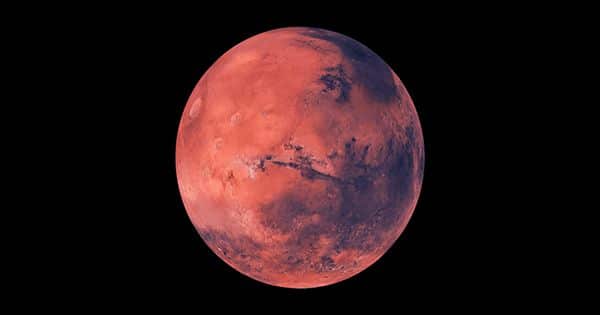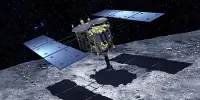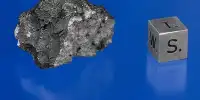When the first spacecraft to travel outside the solar system was built, NASA included the blades when it found the aliens. These were upgraded to gold records for Voyager missions, later being an inspiration for many memes. Such messages serve little purpose for objects that can never survive the pull of the sun, so a different version of a craft will appear as a message for future human astronauts, not for a foreign civilization. Lucy is a mission of Trojan asteroids. They sit in L4 and L5 in Jupiter’s orbit, orbiting the Sun gravitationally either 60 ° ahead or behind the giant. Trojans are thought to have undergone fewer changes in the inner solar system or by colliding with other asteroids than in the original asteroid belt.
As a result, they should be given insight into the parts of the planets that were created. Lucy will visit a major belt asteroid and seven Trojans in six orbits around the Sun, including representatives of at least three Trojans whose presence indicates various compositions. Lucy’s initial mission is set to end in 2033, although it could be extended. Nonetheless, it will continue its journey into a longer orbit that will bring it closer to Earth and beyond Jupiter, until it is unfortunately confronted by a spacecraft or a future astronaut collects it.

If the next incident happens, NASA wants to send them a message and last week placed a plaque investigating the construction site. In order to decide the content, NASA consulted Nobel Prize winners in literature rather than the poet Loriats, musicians, and science writers rather than science.
All right, Lucy will launch on October 16, 2021, and the plaque represents the solar system, including the position of the planets and the initial orbit of the craft that day. Most missions to the outer solar system take many years to plan and build – one of the reasons why the recently discovered Megacomets travel concept doesn’t go that far. Only approved in 2017, Lucy will be one of the fastest deep space missions.















